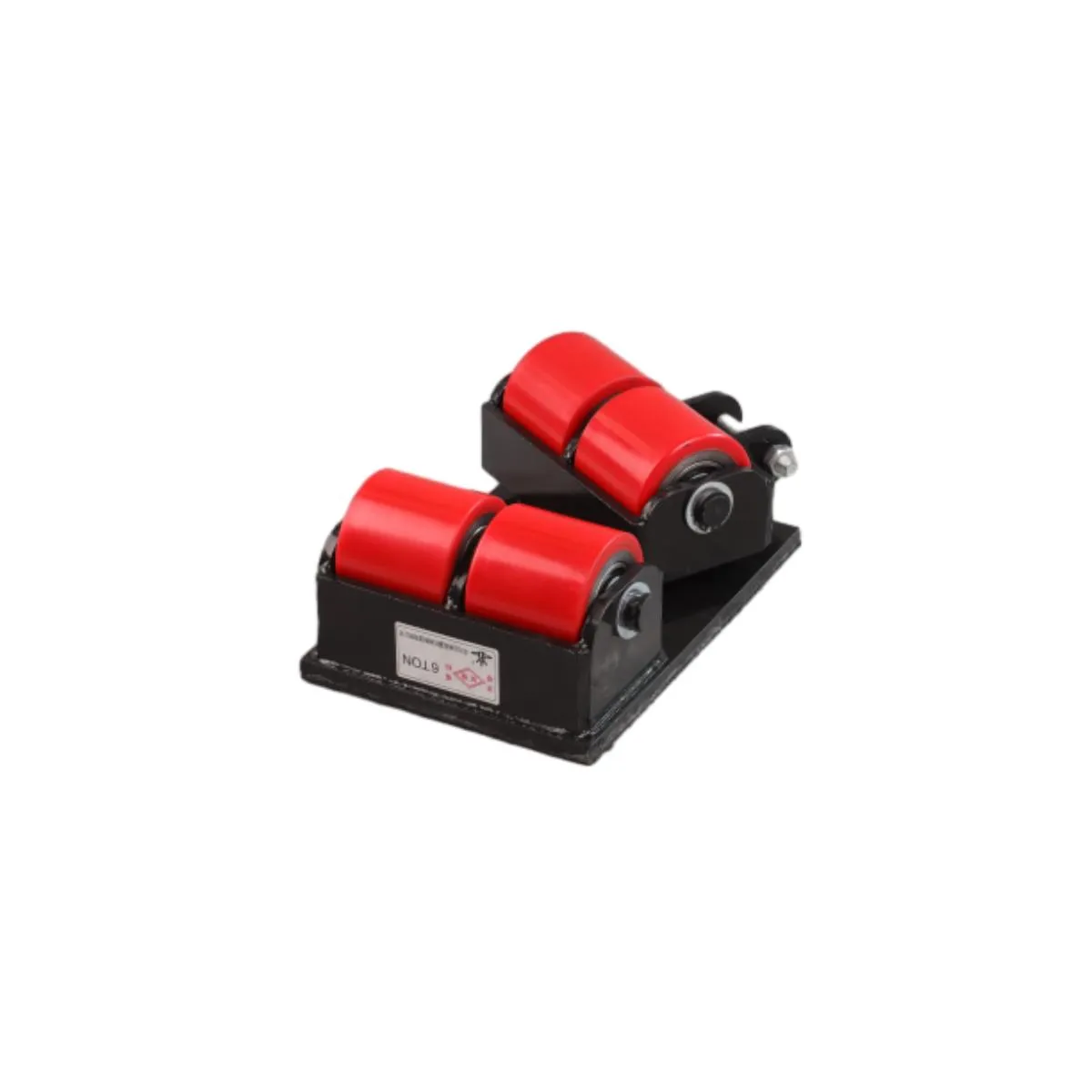moving heavy equipment with rollers
Moving Heavy Equipment with Rollers A Comprehensive Guide
When it comes to transporting heavy equipment, traditional methods may not always be feasible or efficient. One effective method that has gained popularity in various industries is the use of rollers. This technique not only facilitates the movement of cumbersome machinery but also minimizes the risk of damage to both the equipment and the surface they traverse. In this article, we will explore the advantages of using rollers, the types available, and best practices for successful movement of heavy equipment.
Understanding Rollers
Rollers are cylindrical devices that are used to support and move heavy loads. They function on the principle of reducing friction, allowing heavy equipment to be moved with relative ease. Rollers can be made from various materials, including steel, plastic, and rubber, and are designed to accommodate different weights and sizes of machinery.
Advantages of Using Rollers
1. Reduced Labor Costs Moving heavy equipment manually can be labor-intensive and hazardous. Rollers can significantly reduce the number of personnel needed for the job, thus lowering labor costs and improving safety on the worksite.
2. Damage Prevention Rollers help distribute the weight of the equipment evenly, minimizing the risk of damage to both the machinery and the surfaces upon which they are being moved. This is particularly important in environments where the flooring is sensitive or expensive.
3. Increased Efficiency The use of rollers allows for faster movement than traditional hauling methods. This can be crucial in tight spaces or when dealing with time-sensitive projects.
4. Versatility Rollers can be employed in a variety of situations, from moving equipment across worksites to relocating machines within a factory setting. They can be used on rough terrain, smooth concrete, and even on slopes with the proper precautions.
Types of Rollers
There are several different types of rollers available to facilitate the movement of heavy equipment
1. Round Rollers These are the most common type and can be used in a variety of applications. They are often made of steel and are suitable for heavy machinery.
2. Polyurethane Rollers These are designed for lighter loads and offer a softer touch, which helps protect sensitive surfaces from scratches or damage.
moving heavy equipment with rollers

4. Heavy-Duty Rollers For the heaviest of loads, these rollers are built to withstand significant force and are often used in industrial applications.
Best Practices for Moving Heavy Equipment with Rollers
To ensure a safe and efficient moving process, consider the following best practices
1. Assess the Load Before attempting to move any equipment, assess its weight and dimensions. This will help determine the number and type of rollers needed for the job.
2. Plan the Path Identify the route along which the equipment will be moved. Ensure that the path is clear of obstacles and that the surface is suitable for rolling. If moving uphill or downstairs, additional considerations and safety measures should be taken.
3. Distribute Weight Evenly When placing the equipment on the rollers, make sure that its weight is evenly distributed. This reduces the chances of tipping or damaging the rollers.
4. Employ the Right Number of Rollers As a general rule, more rollers are needed for heavier loads. The ideal number of rollers will depend on the weight of the equipment being moved.
5. Use a Helper While rollers can significantly simplify the movement process, having an extra person to guide the equipment can prevent accidents and improve control during movement.
6. Safety First Use proper personal protective equipment and follow all safety protocols to avoid injury. Always ensure that workers are aware of their surroundings, especially when large equipment is being moved.
Conclusion
Using rollers to move heavy equipment is an effective way to enhance efficiency, reduce costs, and protect valuable machinery. With careful planning and adherence to safety protocols, industries can safely and efficiently transport their equipment, ensuring smooth operations and minimizing downtime. Whether in construction, manufacturing, or any other heavy-duty sector, the benefits of incorporating rollers into your moving strategy are undeniable.
-
Unlock Seamless Relocation with Our Heavy Equipment Moving ExpertiseNewsJun.06,2025
-
Unleash Unrivaled Flexibility with Our Adjustable Gantry CraneNewsJun.06,2025
-
Unleash Heavy-Duty Efficiency with Our Industrial Gantry Crane SolutionsNewsJun.06,2025
-
Revolutionize Steel Handling with Our Magnetic Lifter RangeNewsJun.06,2025
-
Master Equipment Mobility with Premium Machinery Mover SolutionsNewsJun.06,2025
-
Elevate Your Material Handling with Magnetic Lifter TechnologyNewsJun.06,2025
-
YS Permanent Lifting Magnets: The Smarter Way to Handle SteelNewsMay.22,2025
